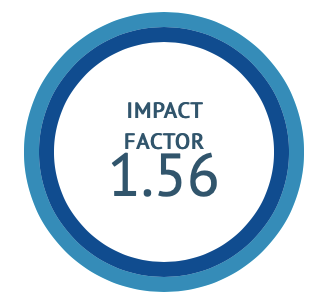Efficacy of Brahmighruta in Mild Neurocognitive Disorder - A Randomized Controlled Trial
DOI:
https://doi.org/10.47552/ijam.v16i2.5369Keywords:
Mild Neurocognitive disorder, Alzheimer’s disease, Brahmighruta, DonapezilAbstract
Context: Mild Neurocognitive Disorder (NCD) due to possible Alzheimer’s disease (AD) is the most common cause and lacks adequate management strategies. Aims: Current study aims to evaluate the efficacy of Brahmighruta (Ayurveda Medicine) on Mild Neurocognitive Disorder due to possible Alzheimer’s disease. Settings and Design: Study was a randomized controlled parallel group trial. Methods and Material: Total 52 patients meeting the DSM V criteria of mild NCD due to possible AD, above 60 years of age, either sex participated in the study. They were randomly divided into two groups, Group I received donepezil 10 mg once a day for 90 days and group II received Brahmighruta 10ml twice a day before food with warm water for 90 days. Assessments were through Mini mental state examination (MMSE), Alzheimer’s disease Assessment Scale-Cognitive subscale (ADAS-Cog), Disability Assessment for Dementia (DAD), Cornell Scale for Depression in Dementia (CSDD), DEMQOL (version 4) and UKU Side effect scale. Assessments were on every 15th day. Results: Effect of Brahmighruta and donepezil were comparable in MMSE (p=0.67), ADAS Cog (p=0.16), DAD (p=0.07), CSDD (p=0.29), DEMQol (p=0.14). Effect size was large. Improvements were observed in both the groups on within group assessments. Eight mild adverse events were noted with Donapezil but non with Brahmighruta. Conclusions: Brahmighruta and Donapezil showed similar improvements in all outcome measures. Due to lack of adverse effects Brahmighruta may be a preferred substitute for Donapezil. Needs further studies.
Downloads
Published
How to Cite
Issue
Section
License
Copyright (c) 2025 International Journal of Ayurvedic Medicine

This work is licensed under a Creative Commons Attribution-NonCommercial-ShareAlike 4.0 International License.
The author hereby transfers, assigns, or conveys all copyright ownership to the International Journal of Ayurvedic Medicine (IJAM). By this transfer, the article becomes the property of the IJAM and may not be published elsewhere without written permission from the IJAM.
This transfer of copyright also implies transfer of rights for printed, electronic, microfilm, and facsimile publication. No royalty or other monetary compensation will be received for transferring the copyright of the article to the IJAM.
The IJAM, in turn, grants each author the right to republish the article in any book for which he or she is the author or editor, without paying royalties to the IJAM, subject to the express conditions that (a) the author notify IJAM in advance in writing of this republication and (b) a credit line attributes the original publication to IJAM.




